What type of lot is this ?
M Mcem
3 years ago
Related Stories
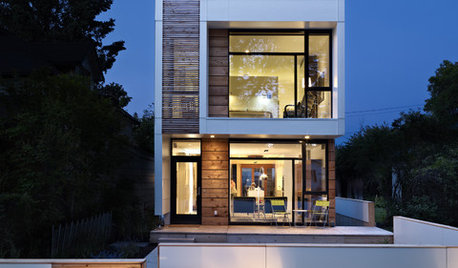
HOUZZ TOURSHouzz Tour: Wide-Open Views on a Narrow Canadian Lot
Expansive glass walls facing the street create openness, sun-filled rooms and closer relations with the neighbors
Full Story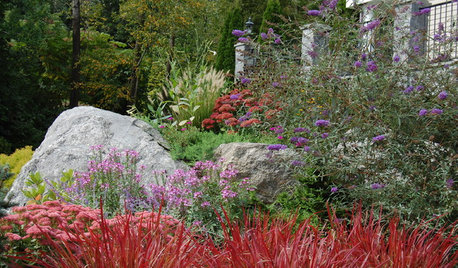
LANDSCAPE DESIGNHow to Design a Great Garden on a Sloped Lot
Get a designer's tips for turning a hillside yard into the beautiful garden you’ve been dreaming of
Full Story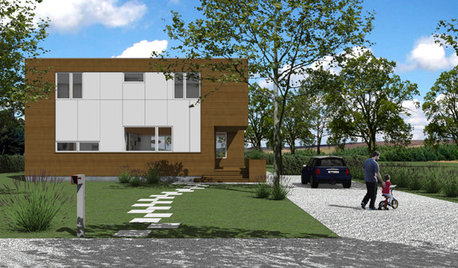
ARCHITECTURE3 Home Design Solutions to Challenging Building Lots
You don't need to throw in the towel on an irregular homesite; today's designers are finding innovative ways to rise to the challenge
Full Story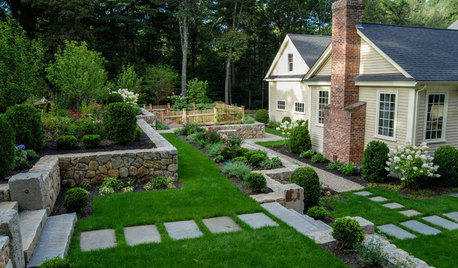
LANDSCAPE DESIGN10 Creative Ways to Work With a Sloped Lot
A slanted yard may be challenging, but it also provides opportunities for beauty and fun
Full Story
INSPIRING GARDENSFrom Concrete Lot to Gracious Organic Garden in Seattle
Plants, pests and even weeds have a place in this landscape, which offers an edible bounty and a feast for the eyes
Full Story
ECLECTIC HOMESHouzz Tour: Problem Solving on a Sloped Lot in Austin
A tricky lot and a big oak tree make building a family’s new home a Texas-size adventure
Full Story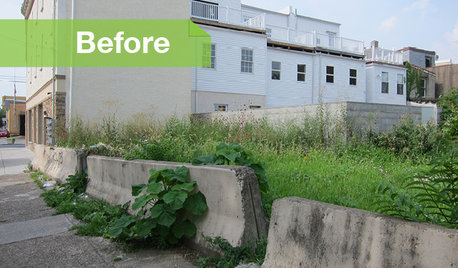
URBAN GARDENSGarbage to Garden: A Vacant Philly Lot Gets Some Green-Thumb Love
Transformed by an artist, this once-derelict urban property is now a tranquil garden with living walls
Full Story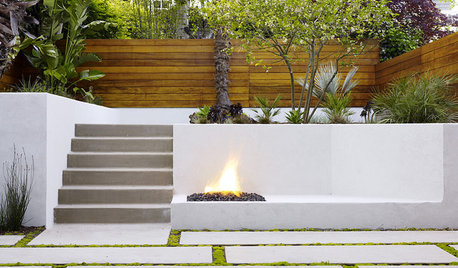
GARDENING AND LANDSCAPINGInspired Designs for Sloped Lots
Get new ideas for outdoor spaces from the lines of your terrain
Full Story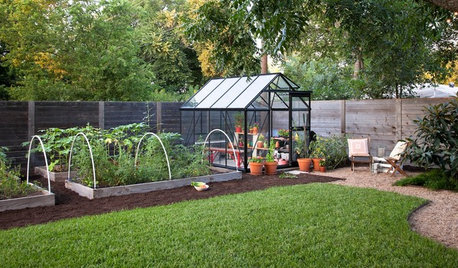
EDIBLE GARDENSA Formerly Weedy Lot Now Brims With Edibles and Honeybees
Photographers transform their barren backyard into an oasis filled with fruit, vegetables, honey, eggs and more
Full Story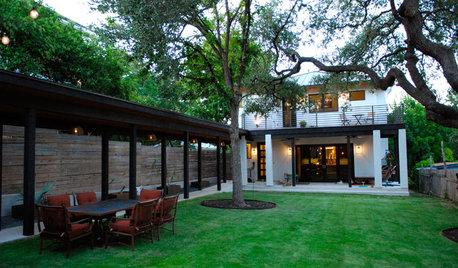
HOUZZ TOURSMy Houzz: A Dream Home Grows From an Empty Austin Lot
A spacious courtyard, a great art collection and a family-friendly layout mark a Texas family's expansive new home
Full Story


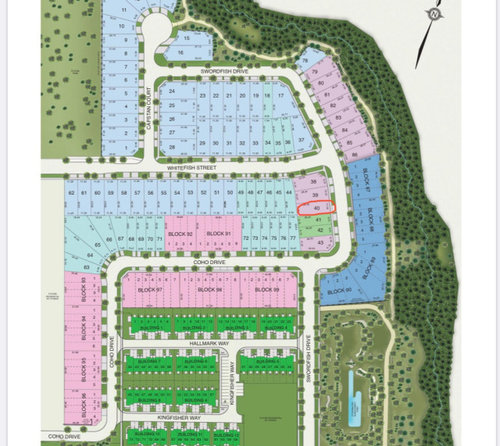



bpath
chispa
Related Discussions
offered for trade - flower seeds - lots of types
Q
Want-lots of different types
Q
Early advice from architects, please
Q
House shopping....what to look for for future pool?
Q
M McemOriginal Author
just_janni
homechef59
anj_p
AnnKH
WestCoast Hopeful
anj_p
WestCoast Hopeful
anj_p
Virgil Carter Fine Art
AnnKH
M McemOriginal Author
cpartist
Virgil Carter Fine Art
anj_p
AnnKH
bpath
Jeffrey R. Grenz, General Contractor
Flo Mangan
Mrs Pete
cpartist
M McemOriginal Author
anj_p
shead
Virgil Carter Fine Art
Flo Mangan
Design Interior South
bry911
Design Interior South
Flo Mangan
maifleur03
bry911
Flo Mangan
Virgil Carter Fine Art
bry911
bry911
Jeffrey R. Grenz, General Contractor
Virgil Carter Fine Art
Flo Mangan
homechef59